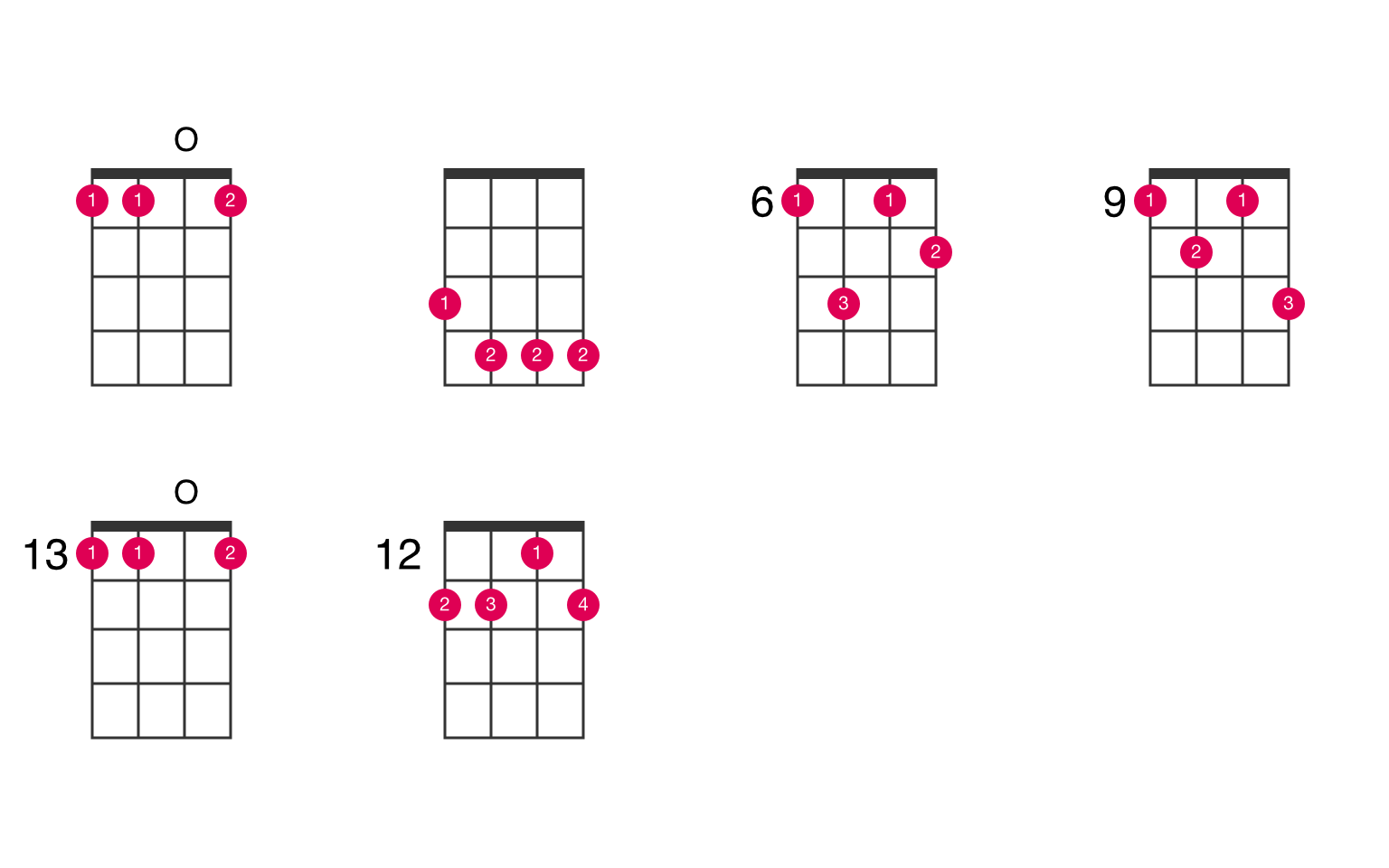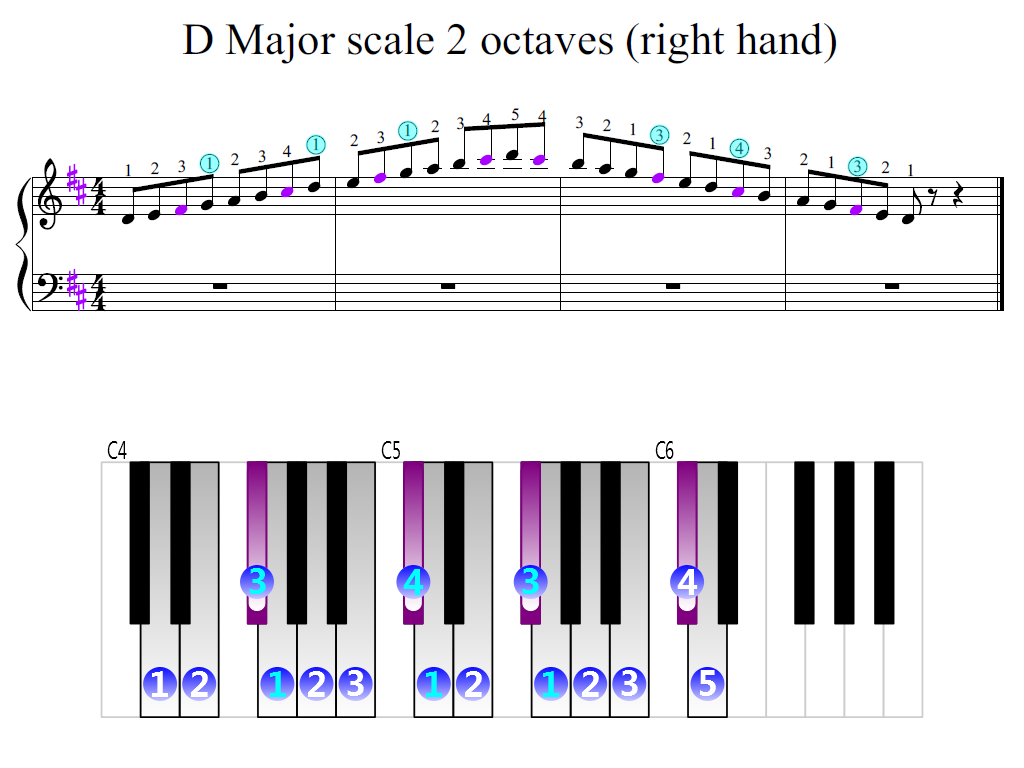
Indeed, the instrumentation matches that of the first version (without clarinets) of Mozart's 40th symphony. In character, the writing is often said to resemble Mozart Schubert was infatuated with the composer at the time he composed it, writing in his diary on June 13 of the year of composition, "O Mozart! Immortal Mozart! what countless impressions of a brighter, better life hast thou stamped upon our souls!" This is reflected particularly in the lighter instrumentation, as noted above. Hence, the work has come to be known occasionally as “the symphony without trumpets and drums.” It is the only one of his symphonies which does not include clarinets, trumpets or timpani as part of the instrumentation. Of all of Schubert's symphonies, it is scored for the smallest orchestra. Scored for one flute, two oboes, and two bassoons, along with two horns in B ♭ and E ♭ and strings.

It was finished six months after the completion of his previous symphony.

485, was written mainly in September 1816 and completed on 3 October 1816.


 0 kommentar(er)
0 kommentar(er)
